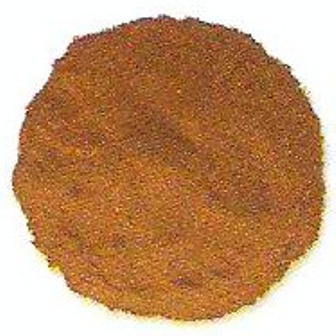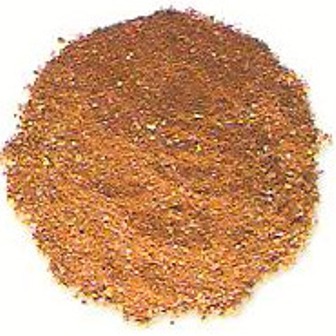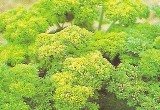|
Vegetable Garden Fertilizer -How Important is it to your Backyard Vegetable Garden and Healthy Vegetables Using a vegetable garden fertilizer is necessary because it provides plants with food. And ignoring the importance of vegetable fertilizers may result in…
It is also important to become acquainted with the different types of fertilizers and how they affect the development of the crop. For example… You don’t want to be growing potatoes and using a fertilizer that is suited for leaves. This would mean that the leaves of the potatoes plant will become healthy and strong at the expense of the potatoes themselves. And this is not the result you’re looking for. You’re not interested in the potato leaves but rather the potato roots or tubers. So it makes more sense to use fertilizers that are suitable for the type of vegetable that you’re growing. So let’s begin by looking at… The 3 Main Vegetable Plant FoodsThese are…
Sources of Nitrogen, Phosphorus and Potassium in Organic FertilizersOrganic vegetable garden fertilizer is usually high in one of the 3 major nutrients. In other words…one organic fertilizer may contain only nitrogen while another contains only potassium. So here’s a list of nitrogen rich organic fertilizers…
 What’s rich in Phosphorus?
 Potassium sources…
Buying Vegetable Garden Fertilizers - How to Read the LabelsDeciding upon which fertilizer to buy can be a bit overwhelming (especially if you’re a first time buyer). So here’s how you can narrow it down… The key is in the label. Each nutrient has its own symbol.
Thus it is these 3 symbols to be on the lookout for. Being able to see and understand what these labels mean is a great advantage. It cuts down on time and can even give you a sense of a higher gardening IQ, doesn’t it? OK, now let’s look at the ratio of N-P-K in the fertilizers. In that order (N-P-K) if you come across a fertilizer that is 10-5-2 what does this tell you? Well this states that…
It’s pretty simple. So I guess if you’re looking for a vegetable garden fertilizer for your cabbages, then this would be appropriate (remember nitrogen is a leaf fertilizer). So in the same order (N-P-K)…a fertilizer that is 5-5-5, what does this mean? Well it means that this is a balanced fertilizer. All nutrients are in equal percentages. You’ll most likely find this sought of ratio in all purpose fertilizers. The two examples above are examples of complete fertilizers. That’s because they contain all 3 nutrients. However, there are also incomplete fertilizers. These fertilizers contain 2 or less nutrients. They are more suitable for specific jobs. For instance… If you’ve got a crop that’s showing signs of nitrogen deficiency…then applying an incomplete fertilizer that contains nitrogen only is a better decision. Quick and Easy FertilizingUsing organic fertilizer like bone meal and sea weed, is one way of cutting down on time and effort. All you can do is simply scatter the fertilizer and allow microorganisms to break them down. As the fertilizers are broken down, the nutrients (N), (K), (P) are released. These organic fertilizers also last longer in the soil. That’s because they are not soluble (meaning they are not dissolved and washed away from the soil like chemical fertilizers). As a matter of fact…a handful of organic fertilizers per square meter are sufficient for 2 years. Now the only disadvantage is that the level of (N), (K) and (P) in organic fertilizers is lower than that of chemical fertilizers. Also, organic fertilizers attract wildlife. For example…bone meal attracts foxes into your garden. These foxes dig up the soil and damage crops while looking for the bone. New Slow Release Fertilizers that also Make the Job Quick and EasyThere are some vegetable garden fertilizer products that allow a controlled-release of fertilizers. They come in granular form and is coated with resin. It works like this… The fertilizer is only released when the soil is moist. But when it’s dry these granules withhold the nutrients. This method of fertilizing only when it’s wet or damp is also best practice for the best returns after fertilizing. Thus the granules have the ability to fertilize and also determine when to fertilize. This way you can simply add the granules to the garden and relax knowing that the vegetables are properly taken care of. I guess we have looked at vegetable garden fertilizer in detail. We’ve learnt what are the major nutrients enjoyed by plants as well as their sources. We’ve also discussed how to read the labels of fertilizers when buying them as well as determining whether we need a complete or incomplete fertilizer for vegetables. Finally we have also looked at the quick and easy way of fertilizing. I do hope the information gathered from this page will serve you well in your gardening endeavors. OR
|









